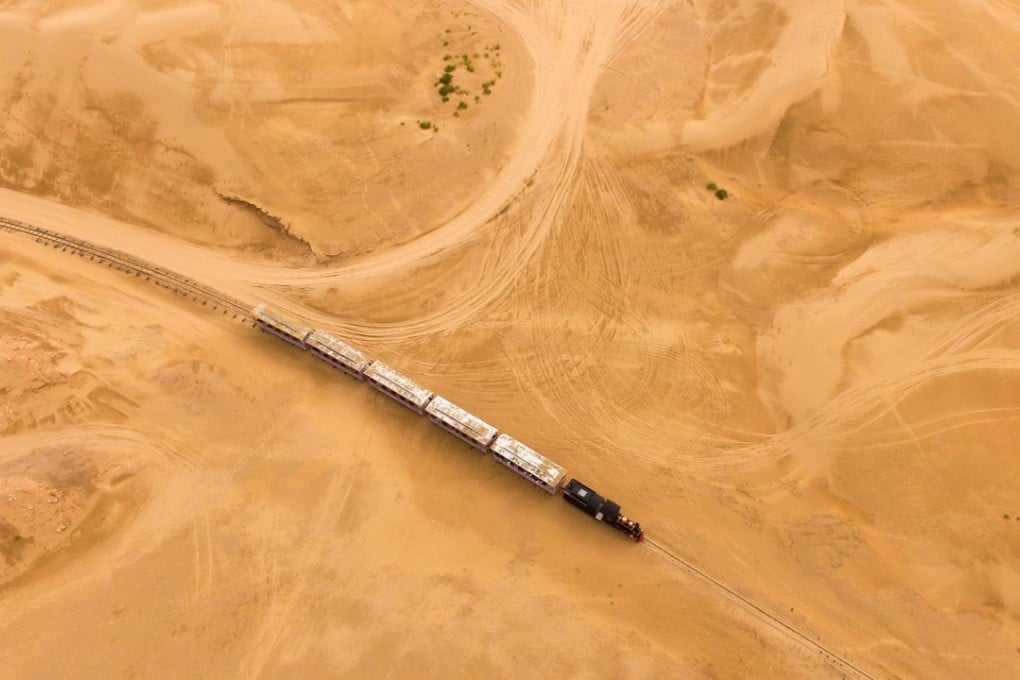Money Matters | Here’s how the gravy train chugs along in China’s funding drought

Liquidity is tight now in mainland China, due to the recent crackdown on profligate lending and graft. All eyes have turned to lending for the quick gain, not the long game. Connections are all that matters.
The intricate network that branched out from China Huarong Asset Management, one of the country’s state-owned bad debt managers, is a classic case.
Huarong International then lent the money in different forms – term loan, equity investment with put option, and convertible bonds.
Within a year, its lending and investment ballooned 10 times to HK$13.8 billion, resulting in a 410% rise in profit to HK$525 million, according to its 2016 report.
What other business could have made such stellar performance within such a short period of time? Of course, the game didn’t stop here.
